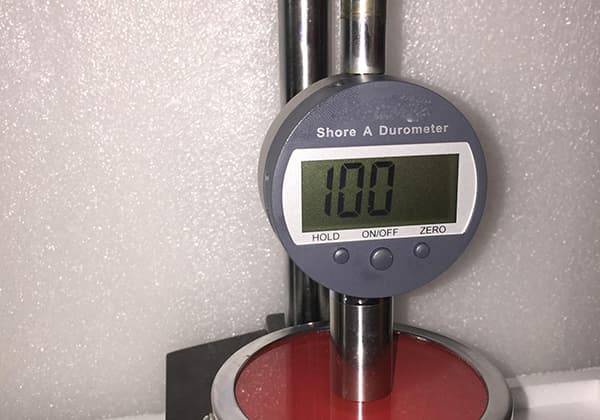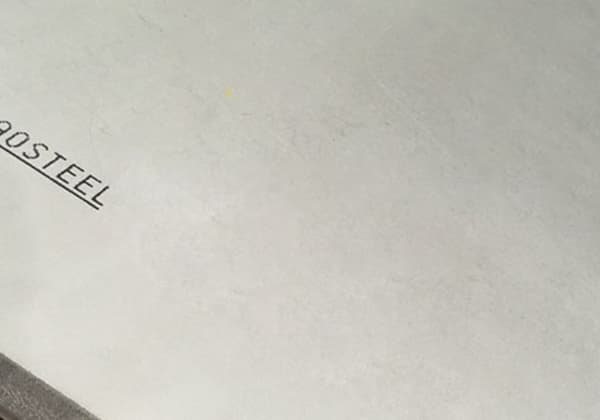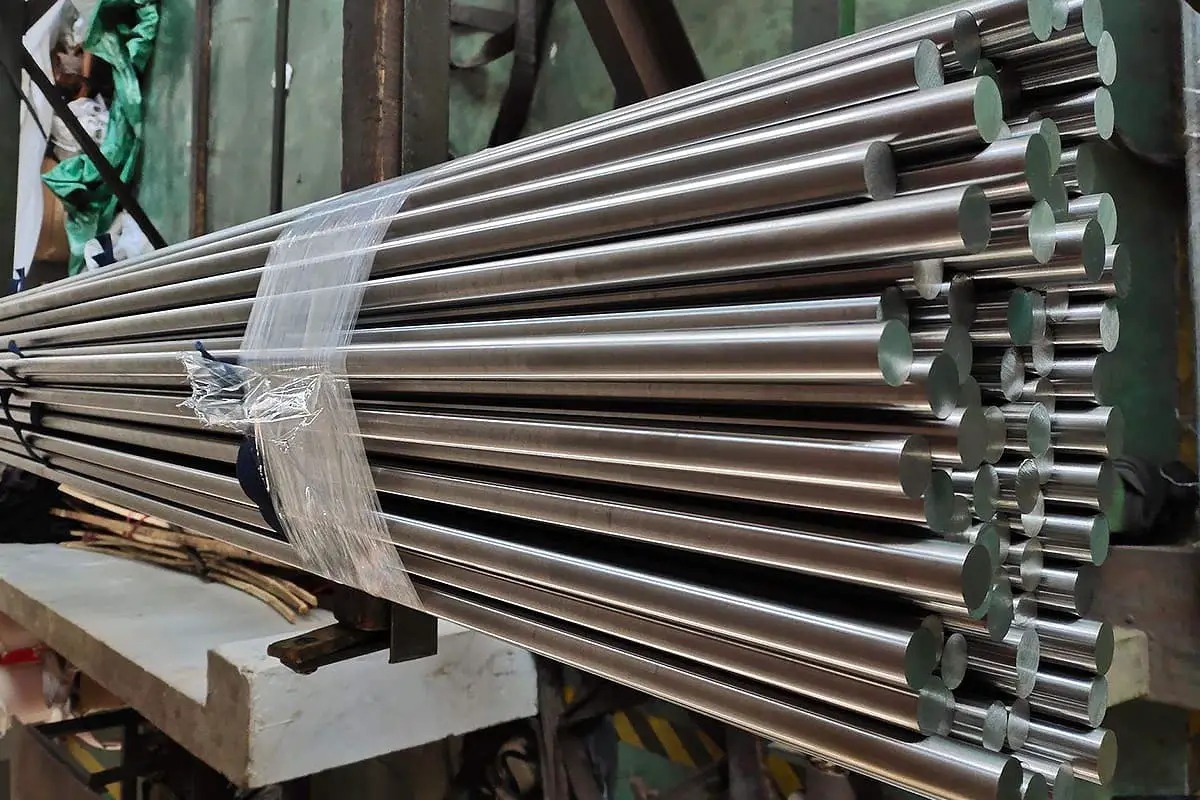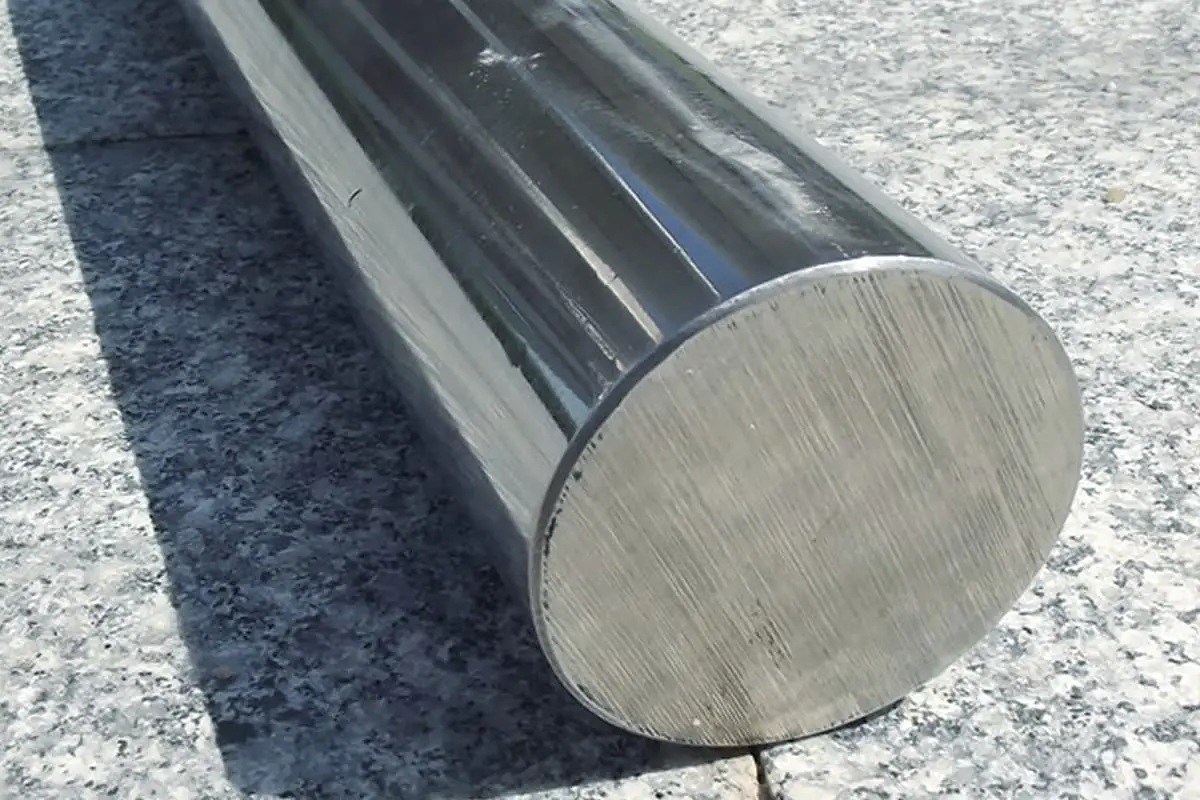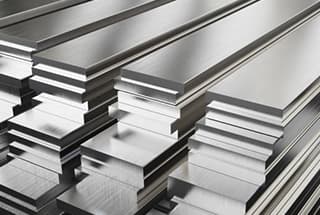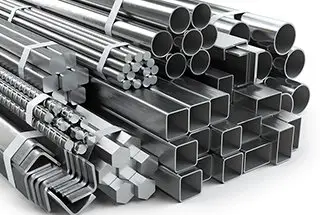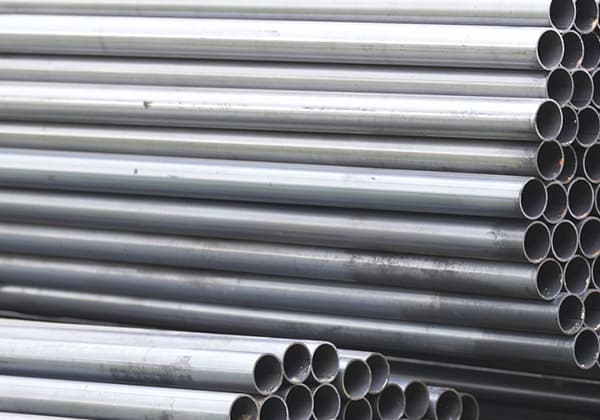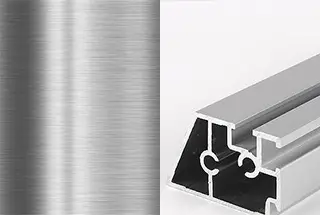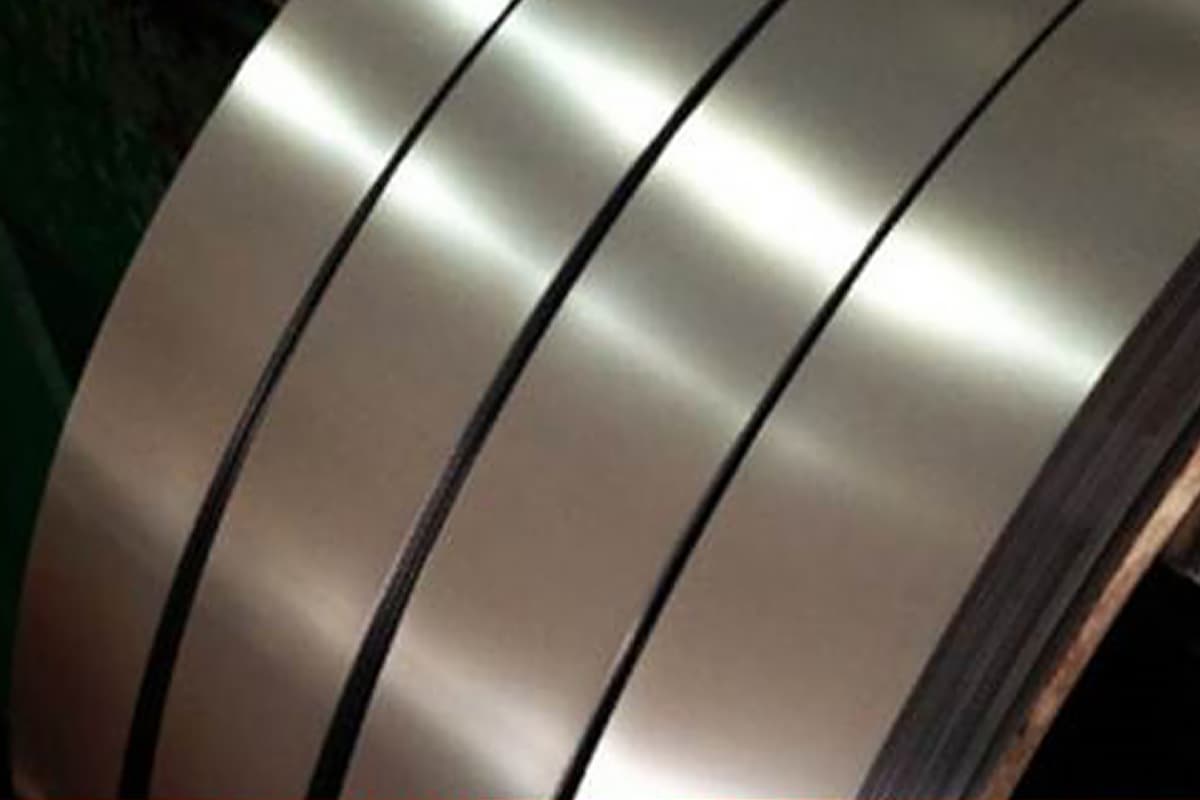
What makes one type of stainless steel better than another? In this article, we explore the key differences between 301 and 304 stainless steel. You’ll learn about their distinct chemical compositions, mechanical properties, and practical applications. By the end, you’ll understand which type is best suited for various uses, whether it’s for its strength, corrosion resistance, or flexibility.
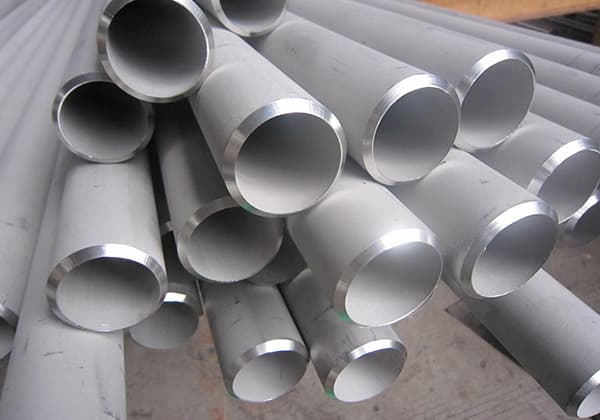
SUS304 (stainless steel):
This is the most commonly used type of stainless steel. Due to its nickel content, it has better corrosion resistance and heat resistance than chromium steel.
It also has good mechanical properties and a high work hardening rate, making it ideal for use in structural brackets that require strength.
SUS304 is not magnetic and has good strength, but is less elastic. It is typically used in thicknesses between 0.4T to 1.0T. When used in Notebook applications, it is important to specify the appropriate grade in order to meet design requirements. The best option is generally 3/4H. For stretching and drawing applications, such as LCD brackets, 1/2H is typically recommended.
However, some companies now use SUS430 instead of SUS304 to save money.
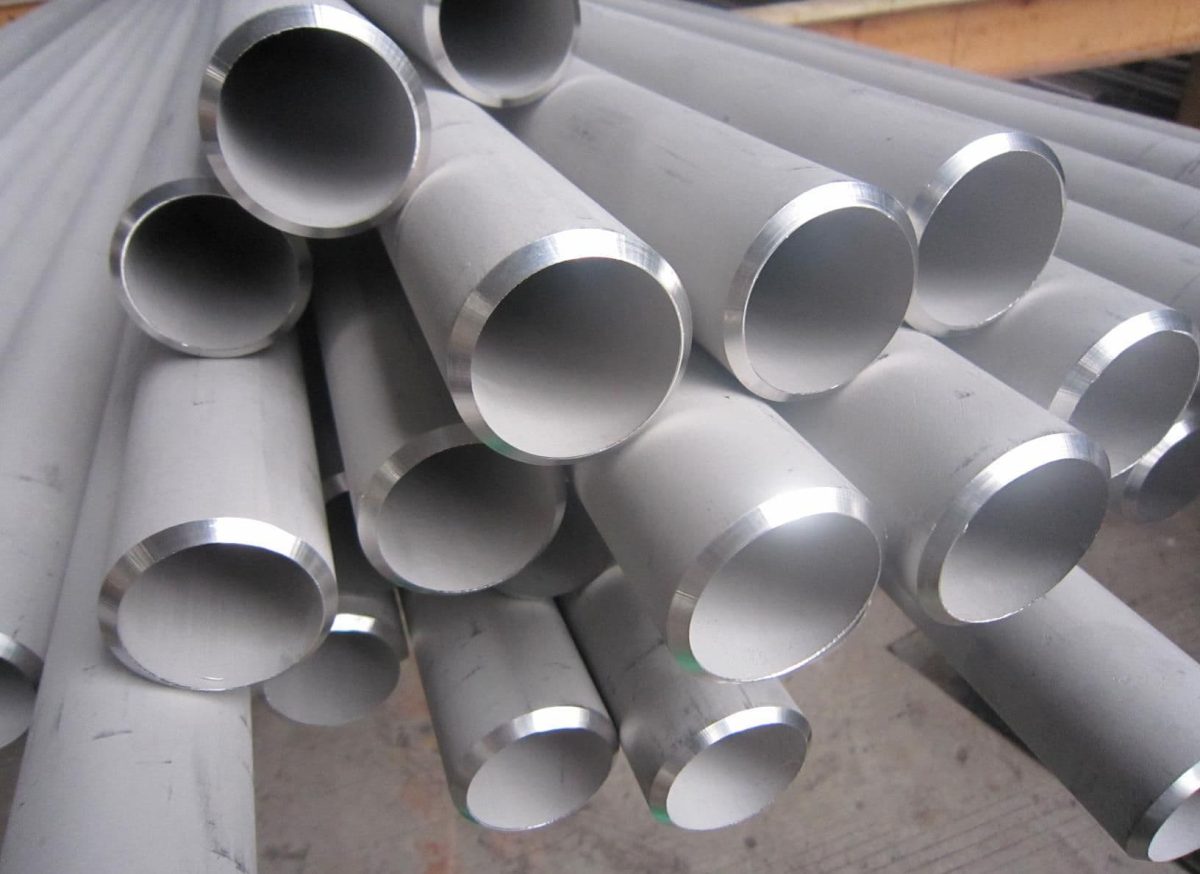
SUS301 (stainless steel):
This type of stainless steel has a lower chromium content than SUS304, which makes it less corrosion-resistant. However, it can achieve very high tensile strength and hardness through cold working, making it suitable for a wide range of applications.
Because of its elasticity, it is commonly used in Notebook applications for EMI shielding and elastic contact parts. However, it is typically used in thicknesses between 0.4T to 0.07T, and it is important to specify the appropriate grade in order to meet design requirements (such as elasticity and strength).
It should be noted that the direction of the metal crystal structure in 301 material affects its hardness and brittleness, with higher grades being harder and more brittle. If not handled properly during forming, this can lead to cracking in the corners and side walls.
Material Properties:
SUS301: Suitable for elastic applications, with high carbon content and hardness. It is not prone to elastic fatigue, but has poor ductility and is not easily drawn out.
SUS304: Not suitable for elastic applications, with low carbon content and low hardness (soft). SUS430: Contains more impurities, resulting in unstable hardness.
Note:
| Grade | SUS301 | |
| Chemicai composition (WT%) | (C) | ≤0.15 |
| (Mn) | ≤2.00 | |
| (Ni) | 6.00-8.00 | |
| (Si) | ≤1.00 | |
| (P) | ≤0.035 | |
| (S) | ≤0.030 | |
| (Nb) | / | |
| (Cr) | 16.00-18.00 | |
Note:
Heat treatment specification: Solution treatment at 1010-1150℃ followed by rapid cooling.
Metallographic structure: The microstructure is characterized by austenite.
Delivery condition: Generally delivered in the heat-treated state, with the specific heat treatment type specified in the contract. If not specified, it will be delivered in the untreated state.
| Grade | SUS301 | ||
| Mechanical properties | Tensile strength | σb (MPa) | ≥520 |
| Yield strength σs | (Mpa) | ≥205 | |
| Elongation δs | (%) | ≥40 | |
| Reduction of area | ψ (%) | ≥60 | |
| Impact energy Akv (J) | / | ||
| Impact toughness value α kv (J/cm2) | / | ||
| Hardness | / | ||
| Sample blank size | / | ||
Hardness: ≤187HB; ≤90HRB; ≤200HVK
| Grade | Mechanical properties | ||||
|---|---|---|---|---|---|
| SUS304 | ANN | 200max | 205min | 520min | 40min |
| SUS304 | 1/2H | 250min | 470min | 780min | 6min |
| SUS304 | 3/4H | 310min | 665min | 930min | 3min |
| SUS304 | FH | 370min | 880min | 1130min | / |
| SUS301 | ANN | 200max | 205min | 520min | 40min |
| SUS301 | 1/2H | 310min | 510min | 930min | 40min |
| SUS301 | 3/4H | 310min | 745min | 1130min | 5min |
| SUS301 | FH | 430min | 1030min | 1320min | 3min |
| SUS301 | EH | 490min | 1275min | 1570min | / |
SUS 301 has a density of 7.93 g/cm³.
| Material | Hardness mark | Hardness value |
| SUS301 | 1/4H | 250~above 250 |
| SUS301 | 1/2H | 300~above 310 |
| SUS301 | 3/4H | 360~above 370 |
| SUS301 | H | 400~ above 430 |
| SUS301 | EH | Above 490 |
“SUS” is a general term for Japanese steel grades. SUS304 is a Japanese JIS standard stainless steel, which corresponds to China’s 0Cr18Ni9 and the US’s 304.
Properties: It has good corrosion resistance, heat resistance, low-temperature strength, and mechanical properties. It has good hot working properties, such as stamping and bending, and does not exhibit hardening during heat treatment. It is non-magnetic.
Uses: household items, cabinets, indoor piping, water heaters, boilers, bathtubs, automotive parts, medical devices, building materials, chemical, food industry, agriculture, and ship components.
| Grade | SUS304 | ||
| Mechanical properties | Tensile strength | σb (MPa) | ≥520 |
| Yield strength | σs (MPa) | ≥205 | |
| Elongation | δ5 (%) | ≥40 | |
| Reduction of area | ψ (%) | ≥60 | |
| Impact energy | Akv (J) | / | |
| Impact toughness | Value/αkv (J/cm2) | / | |
| Hardness | / | ||
| Sample blank size | / | ||
Hardness: ≤187HB; ≤90HRB; ≤200HV
SUS 304 has a density of 7.85 g/cm³.
| Grade | SUS304 | |
| Chemical composition (WT%) | (C) | ≤0.07 |
| (Mn) | ≤2.00 | |
| (Ni) | 8.00-11.00 | |
| (Si) | ≤1.00 | |
| (P) | ≤0.035 | |
| (S) | ≤0.030 | |
| (Nb) | / | |
| (Cr) | 17.00-19.00 | |

